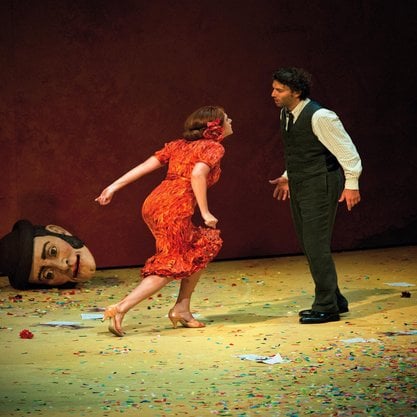Article
Katsureki-mono By Zheng, Guohe
Article
“Living history” plays were historical kabuki plays produced during the Meiji period 10s and 20s (1868–1888) in an attempt to reform the practices associated with genre’s Edo period (1603–1867) to suit the rapidly changing times. As such they represent an early phase of the modernist movement in Japanese theater.
Due to strict government censorship to prevent subversion, kabuki plays based on historic events in the Edo period tended to twist the plot, set the action in the distant past (a practice known as mitate, “disguise”), or to include absurd materials or performance tricks. Dissatisfied with this state of affairs in this new age, Ichikawa Danjūrō IV (1838–1903), a famous Meiji period (1868–1912) actor, in 1870s started to reform the art in response to what he perceived as the expectations of the post-Restoration spectators and to make it suitable for entertaining the upper classes and visiting foreign dignitaries. In order to achieve his goal, Ichikawa Danjūrō IV invited Kawatake Mokuami (1838–1893), the greatest playwright of the day, to write new historical plays based on documented history. Moreover, costumes, props, and even lines used in these plays were all to be the result of careful research and investigation. Thus a sense of realism was introduced into kabuki.

